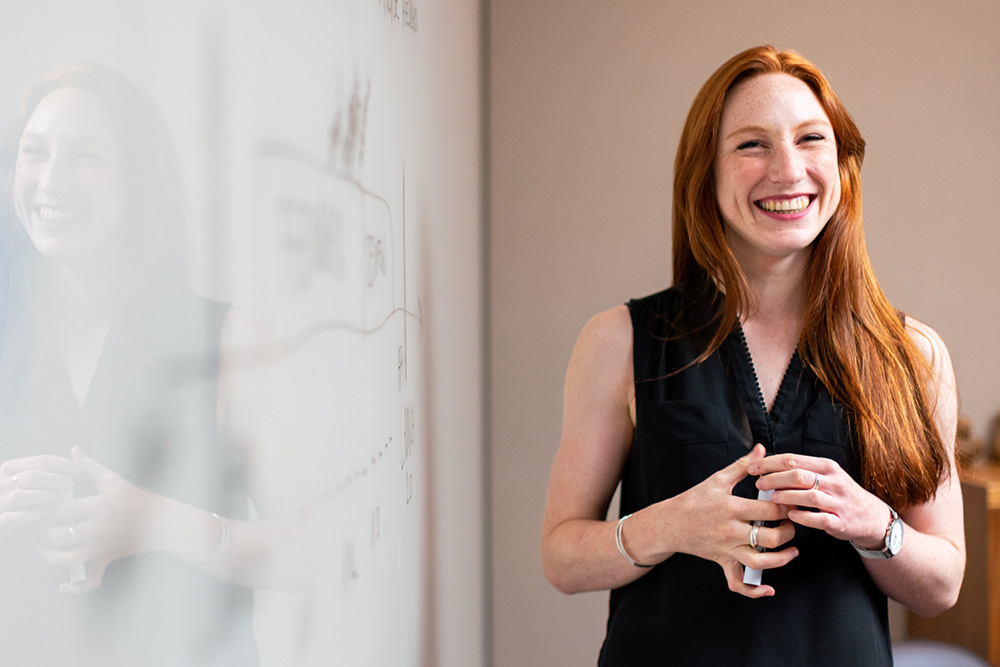Why do we find it so hard when explaining complex things? Why do we make the same three mistakes when explaining complex things?
A comment I often hear from attendees at my workshops is ‘My topic is too complex to summarize in one minute’. This is an understandable belief, especially when much of our work is complex. But it is also wrong. I agree that many topics are too complex to explain in one minute. But there is a difference between explaining and summarizing.
A summary introduces a topic, it shouldn’t describe it in its entirety. A summary can also provide context for a large topic before focusing on a specific detail.
My previous article, shows how you can summarise most work situations using the goal-problem-solution (GPS) method. Another article includes a summary of why the USA government should fund the International Space Station. Something which, I think you’ll agree, is quite a complex topic.
If the space station funding can be summarized in three lines, why do we struggle to summarise everyday work topics?
Here are the most common three mistakes when explaining complex things at work.
- We believe the audience needs to know all the details to be able to understand the problem
- We focus on variables and dependencies instead of the problem
- We summarize more than one problem at once
Mistake 1: The audience needs to know all the details before they can understand the problem
If you need input from someone else, it’s easy to assume they need all the information you have before they can help you. The reality is quite different. It is rare that your audience must have all of the information before they can provide valuable help. The information we provide only needs to be enough to achieve that one goal.
Here are some examples:
- If you need a decision, focus on the decision you need, not all the reasons why you need it.
- If you need advice on how to solve a problem, focus on the problem that needs solving. Don’t talk about all the reasons why the problem exists.
When it comes to delivering clear messages, fewer words with the right information is better than a long description.
Mistake 2: We focus on the variables and dependencies instead of the problem
When trying to summarize a problem, it’s easy to describe the various parts of the problem that make it complex. Whereas what we should be focusing on is the problem that needs solving.
Most problems, even simple ones, have more than one variable or dependency. For example, a cost overrun in one project can impact other projects. A single delay can be caused by multiple issues that come together to cause a bigger problem and so on.
But, variables and dependencies are not problems to solve. If dependencies have problems that impact your work, your goal is to resolve the problem. The goal shouldn’t be to remove the dependency. For example, you might need another project to finish before your work can start. If that project is late, the problem is the timing of the delivery, not the existence of the dependency.
When talking about a problem, focus on solving the problem. Don’t describe the variables or dependencies that contribute to it.
Mistake 3: We summarize more than one problem at once
Complex goals usually have many parts and so multiple problems can coexist. When faced with this situation, it’s easy to list all the problems in the summary at the start of a conversation. Unfortunately, this makes it harder for the audience to keep track of the separate topics.
We solve problems one at a time, and each problem requires a separate conversation to solve. This doesn’t mean you need to have separate meetings or come back to speak to your audience multiple times. You can talk about the topics one after another in the same conversation.
The key to having a clear conversation with more than one topic is to frame and summarize each topic at the start. Each problem needs its own summary.
Start the conversation with summary framing. Then start each new topic with framing and a summary of the problem to solve. When you finish the first topic, you can move on to the second topic. Start the second topic with its own framing and a structured summary.
This ensures you and your audience are clear that a new topic has started.
Conclusion
A lot of our work is complex. But that doesn’t mean how we describe it need to be complex too. There are simple ways to present a topic that will help an audience understand it. Avoid the most common three mistakes when explaining complex things and your colleagues will understand you better.
We can save time by only sharing the information needed to understand a specific problem. We can simplify a topic if we focus on the issue to solve instead of explaining why the problem is complex. And finally, solving one problem at a time means we can break a large topic into bite-sized chunks. Which is much better than describing all the problems at the same time.
Avoid these common communication pitfalls and your topics will be easy to summarise.
Learn more with my online course
Get your message across

In this course you’ll learn how to:
- Communicate effectively with people in different teams
- Discover how to create relevant messages your audience can relate to and understand
- Simplify complex ideas and communicate in a way that is jargon-free
$267.00
Please contact me for bulk purchase discounts.
